Tree Swallow
The male has a glossy blue-green body with the belly and cheeks being white. The bird has dark brown eyes and the legs and feet are pale brown. Females are a duller color, normally having a dirty brownish coloring to their top forehead and wings.
The tree swallows have arrived back in Wisconsin. They normally arrive mid-March through the first two weeks of April.
General Information
| Name:: | Tree Swallow |
| Scientific Name:: | Tachycineta bicolor |
| Family: | Hirundinidae |
| Size: | 5-6 inches |
| Habitat: | Open and wooded areas |
| Diet: | Insects, seeds, berries, and plant vegetation |
Diet
The bulk of the tree swallow diet is made up of flying insects. The birds enjoy beetles, flies, spiders, wasps, and ants. Waxberries and bayberries make up almost 100 percent of their berry consumption. When the insect population is low in early spring or fall due to cooler weather patterns, the birds turn to berries. The two berry sources have a waxy coating that protects the seeds they contain and most other bird species leave them alone because they can’t digest the coating.
Nesting Info
| Habitat: | Open and wooded areas with natural cavity tree holes or nesting boxes |
| Nest Shape: | Cup |
| Eggs: | 2-8 white eggs |
| Incubation: | 14-16 days |
| Fledging: | 18-22 days |
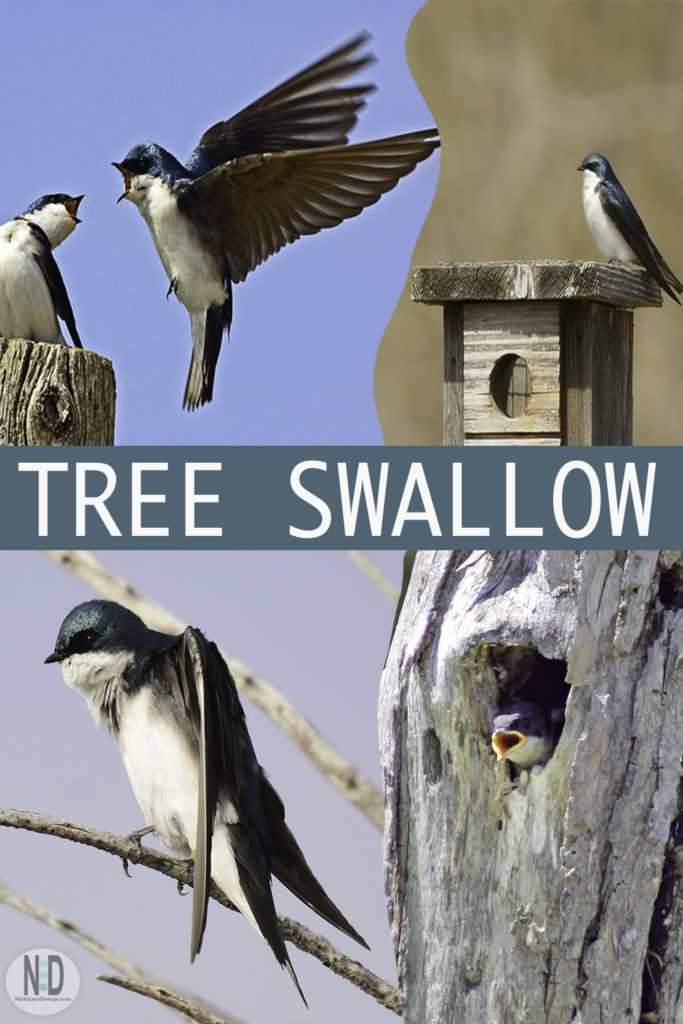
General Nesting Information
The females start building nests before mating occurs. The location of the nesting site is a tree with a pre-existing hole or prebuilt nesting boxes with a hole opening of 1-1/2 to 1-5/8 inches. The tree swallow does return year after year to the same area to breed, which makes nesting area selection easier. Cup-shaped nests are built from pine needles, grass, small sticks, and moss.
After mating, the males will help collect the remaining grass and small sticks. Together they will line the inside of the nest with feathers. About a week after mating, the female starts laying 2-8 white eggs. Eggs are laid one per day over several days time and are incubated by the female for 14-16 days.
During this time both parents will highly defend their nesting areas, dive-bombing any intruders to the area.
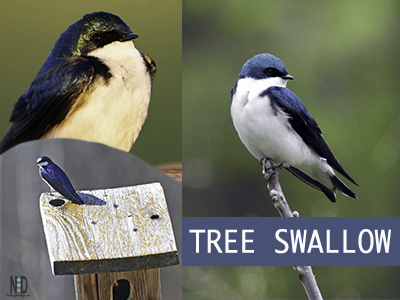
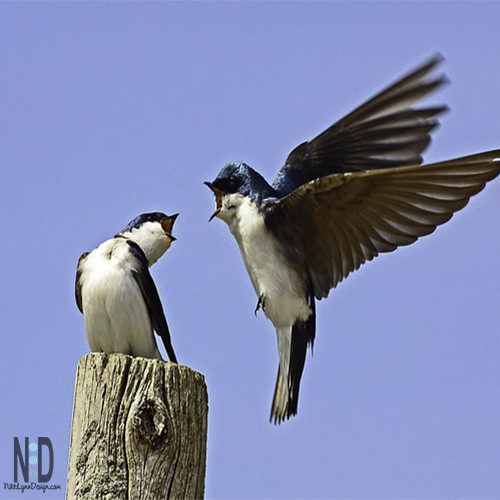
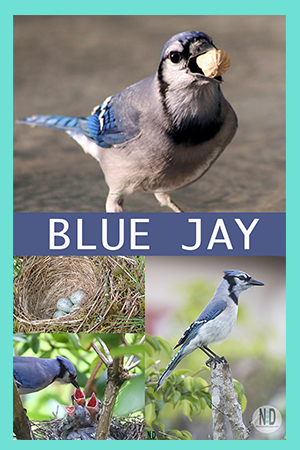
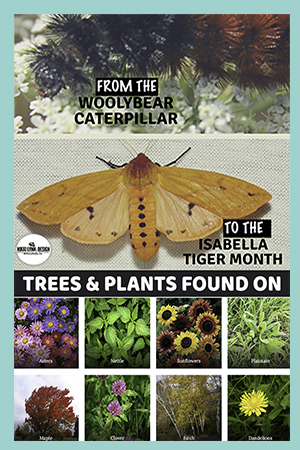
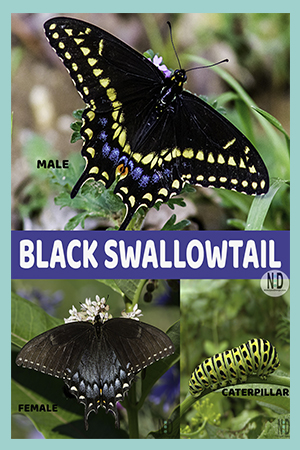
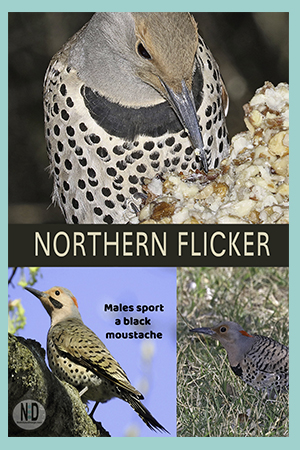
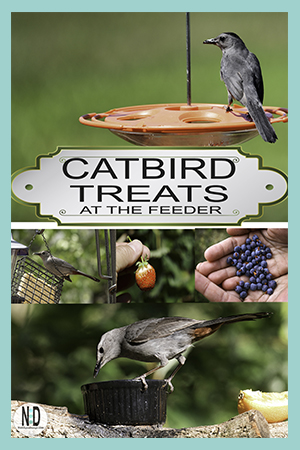


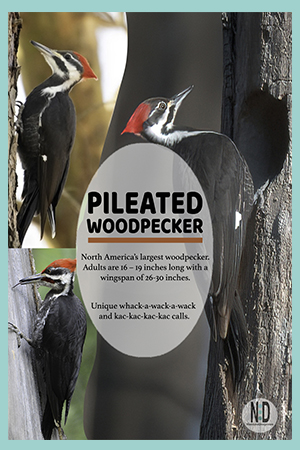
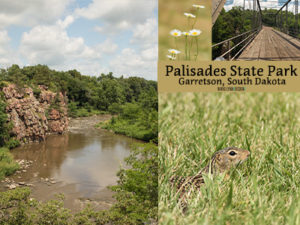




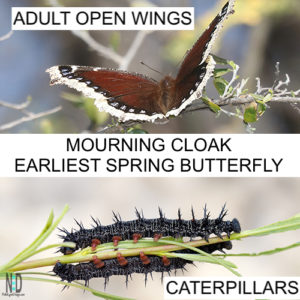

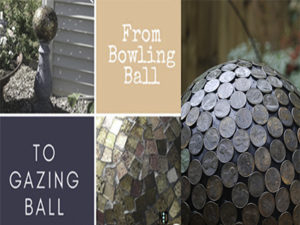

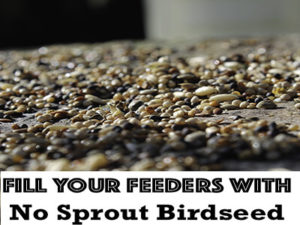
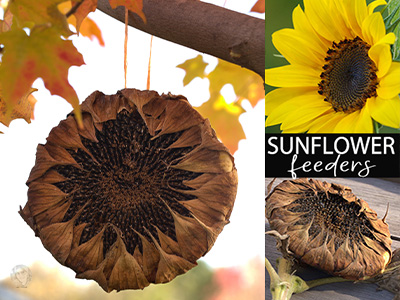

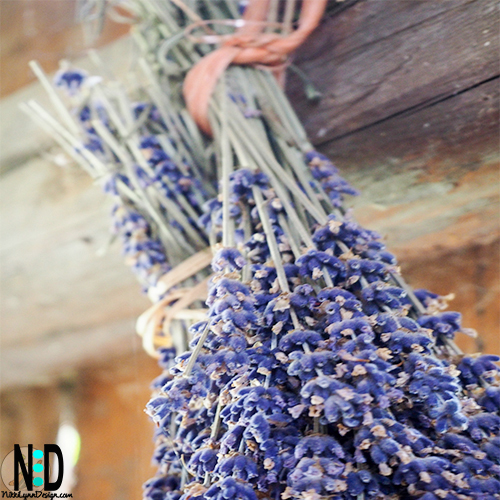
Leave a Reply
You must be logged in to post a comment.